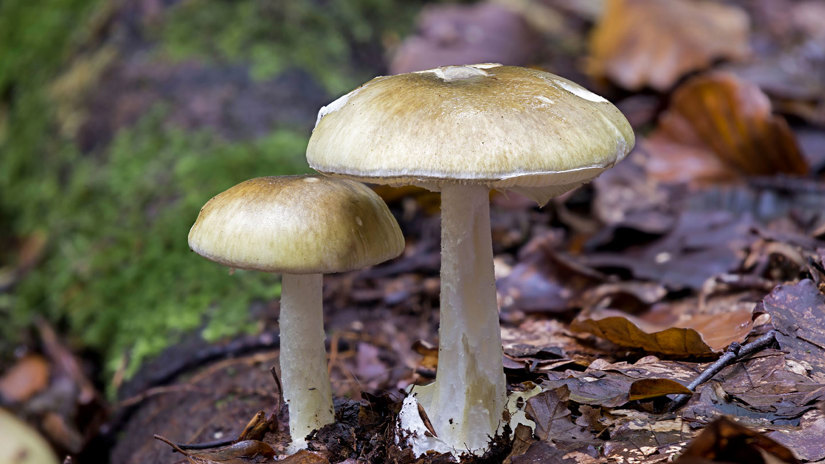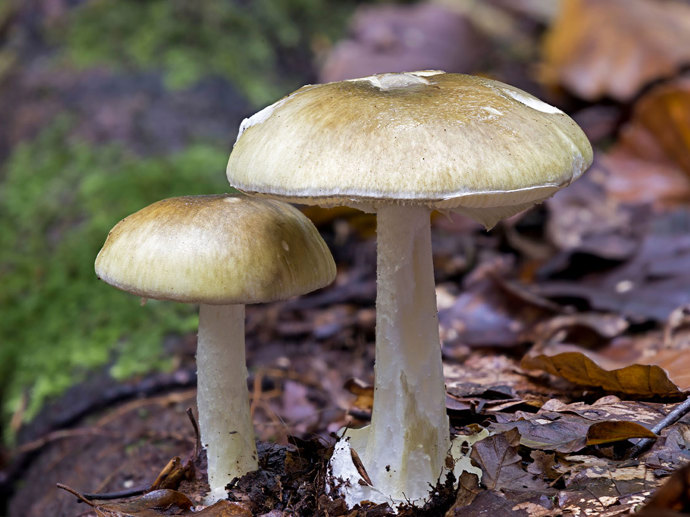Common name: beechwood sickener
Scientific name: Russula nobilis (previously known as Russula mairei)
Family: Russulas (brittlegills)
Fruiting season: August to November
Habitat: under beech trees in beech woodland
Toxic, brittle, red-capped. Beechwood sickener is only found in beech woodland and help beech trees take up nutrients from the soil.

Common name: beechwood sickener
Scientific name: Russula nobilis (previously known as Russula mairei)
Family: Russulas (brittlegills)
Fruiting season: August to November
Habitat: under beech trees in beech woodland
Beechwood sickener is up to 8cm across and 8cm high with caps ranging from almost white to a bright crimson. Gills are white and crumbly and the stipe is white and brittle. It is toxic, though not usually deadly, and when chewed tastes hot and acrid.
Cap: rounded, flattening as it matures and varying in colour from almost white to a bright crimson. The flesh is usually pink.
Gills/pores: white, very brittle and crumbly. Spores are off-white and egg-shaped.
Stipe (stalk): 10–15mm in diameter and 20–40mm tall. White and smooth with quite a tough flesh which can be snapped like a stick of chalk. Club-shaped , with the top thicker than the base. As with other brittlegill mushrooms, there is no stem ring.
Could be confused with: the sickener (Russula emetica), which is found in coniferous woods and is also poisonous. There are approximately 160 species of brittlegills (Russula spp.) in the UK, and they can be difficult to identify.

Credit: Neil Hardwick / Alamy Stock Photo
Beechwood sickener can be found in beech woods throughout the UK and Ireland and on mainland Europe. It also occurs in several Asian countries and has been recorded in parts of North America.
Its hot taste may protect it from being eaten by insect larvae, but it’s no match for slugs, which find this mushroom a delicacy!
Beech relies entirely on fungi in the soil to pass minerals to it in exchange for sugars from the tree in a symbiotic relationship. Beechwood sickener is one of these fungi (Mycorrhizae) and plays a vital role in the woodland ecosystem.

Credit: WT Staff / WTML
Beechwood sickener has a bitter taste, and if eaten raw usually causes stomach pains, vomiting and diarrhoea. Though classed as toxic, it is not deadly – unless consumed by very young children, the frail or those with immune deficiencies. Cooking leave remnants of the toxins so it is recommend that it should not be eaten.


Hanako Shimada • 19 Feb 2025
Your guide to 8 of the most poisonous mushrooms in the UK, including the terrifyingly named deathcap, destroying angel and funeral bell. Find out where they grow, how to identify them and why you should steer clear!